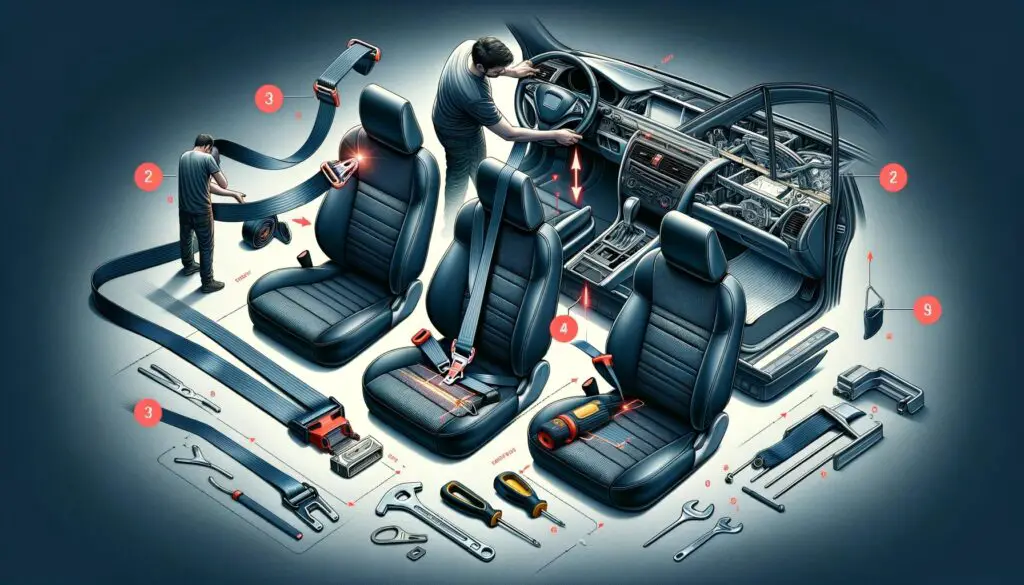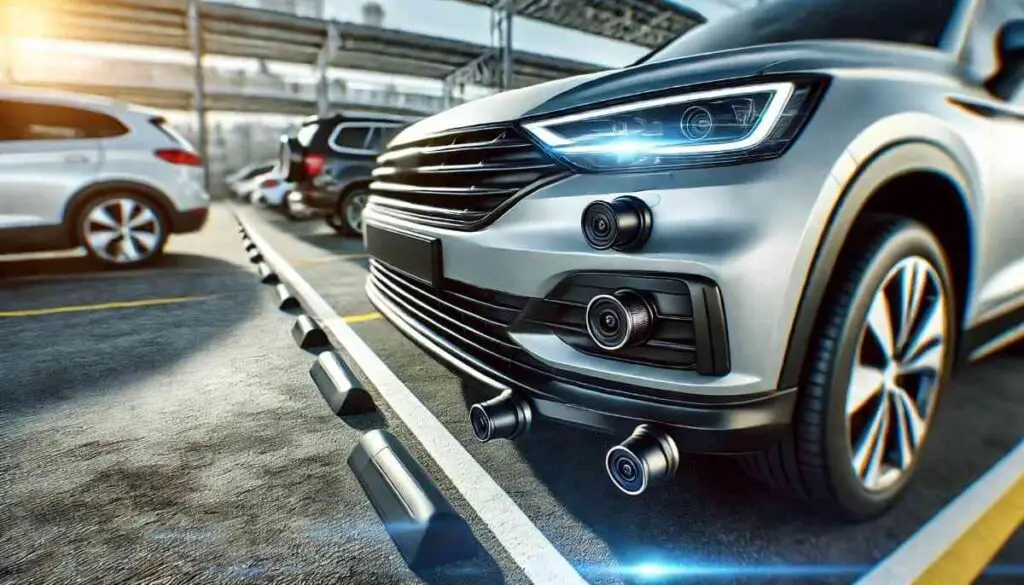Seat belts represent the first line of defense in vehicle safety, reducing the risk of fatalities and serious injuries by up to 50%. Their development from simple lap belts to sophisticated multi-point harnesses reflects ongoing efforts to enhance passenger safety. This guide offers an exhaustive overview of seat belt types, installation, maintenance, and legal considerations, equipping you with the knowledge to maximize road safety.
Chapter 1: Understanding Seat Belts
Types of Seat Belts Used in Vehicles
- Lap Belts: The simplest form, crossing over the waist.
- Three-Point Belts: Combine a lap belt with a shoulder strap, offering superior protection by distributing forces across the pelvis and chest.
- Five-Point Harnesses: Typically used in child safety seats and performance vehicles, these include two shoulder straps, two lap belt portions, and a strap between the legs.
- Belt-in-Seat (BIS): Integrates the seat belt into the car seat itself for a cleaner look and potentially improved comfort.
Mechanics and Materials
Seat belts work on the principle of the “ride down” effect, prolonging the deceleration time during a crash. High-grade nylon or polyester webbing, coupled with precise stitching and metal components, ensures durability and reliability under stress.
Chapter 2: Pre-Installation Preparation
Tools and Materials
Basic tools such as screwdrivers, wrenches, and a torque wrench are essential. Specific installations may require vehicle-specific tools or parts.
Choosing the Right Seat Belt
Consider your vehicle’s make, model, and year to select a compatible seat belt. Each type offers different benefits, tailored to various needs and vehicle designs.
Understanding Assembly Points
Familiarize yourself with your vehicle’s seat belt mounting points, typically found in the car’s chassis or frame.
Safety Precautions
Disconnect the battery to prevent accidental airbag deployment and wear protective gear to safeguard against injuries.
Chapter 3: Installation Guide
Lap Belts
- Align the belt with the mounting points.
- Secure the belt using bolts, ensuring tight and secure fitting.
Three-Point Belts
- Mount the retractor mechanism on the vehicle’s frame.
- Route the belt across the seat, ensuring it’s not twisted.
- Attach the shoulder strap to an upper mounting point.
Five-Point Harnesses
- Attach each belt segment to its respective anchor point.
- Adjust for fit, ensuring snugness without restricting movement.
BIS Systems
- Remove the seat if necessary to access the built-in belt mechanisms.
- Install the belt components, following manufacturer instructions closely.
Chapter 4: Post-Installation Checks
Testing Functionality
Ensure the belt retracts smoothly and locks during a sharp pull, mimicking the forces of a collision.
Adjustments for Comfort and Safety
Adjust the seat belt so it lies across the chest and pelvis, avoiding the neck or face.
Troubleshooting
Common issues include retraction problems or locking mechanisms not engaging, often resolved by checking for obstructions or ensuring proper installation.
Chapter 5: Maintenance and Care
Regular inspections for frays, cuts, or mechanical issues are crucial. Clean belts with mild soap and water, avoiding harsh chemicals that can degrade the material.
Chapter 6: Legal and Safety Requirements
Seat belt laws vary but universally acknowledge their critical role in passenger safety. Compliance can affect insurance rates and vehicle safety ratings.
Chapter 7: Advanced Installation Tips
Custom installations in unique or vintage vehicles may require special brackets or modifications, emphasizing the need for professional input or services.
Chapter 8: Seat Belt Innovations and the Future
Innovations like inflatable belt systems or integrated safety technologies in autonomous vehicles highlight the evolving landscape of passenger safety.
FAQs
Importance of Proper Installation
Correct installation is crucial for maximizing the protective benefits of seat belts, directly impacting the outcome in the event of a crash.
Installation in Older Vehicles
With the right tools and parts, seat belts can be installed or upgraded in most vehicles, enhancing safety regardless of age.
Replacement Frequency
Seat belts should be inspected regularly and replaced if showing signs of wear, or after a major collision.
Alternatives and Professional Assistance
While seat belts are irreplaceable in their role, professional installation is recommended for complex systems or when in doubt.
Conclusion
Proper seat belt installation and maintenance are pivotal to road safety. We encourage all drivers and passengers to prioritize their seat belts’ condition and functionality, safeguarding the well-being of all road users.
Appendix
This section includes a glossary of terms, additional resources for deep dives into seat belt technology, and contacts for professional installation services.
Thanking the myriad of professionals and experts, this guide encapsulates collective wisdom on ensuring safety through proper seat belt use.









